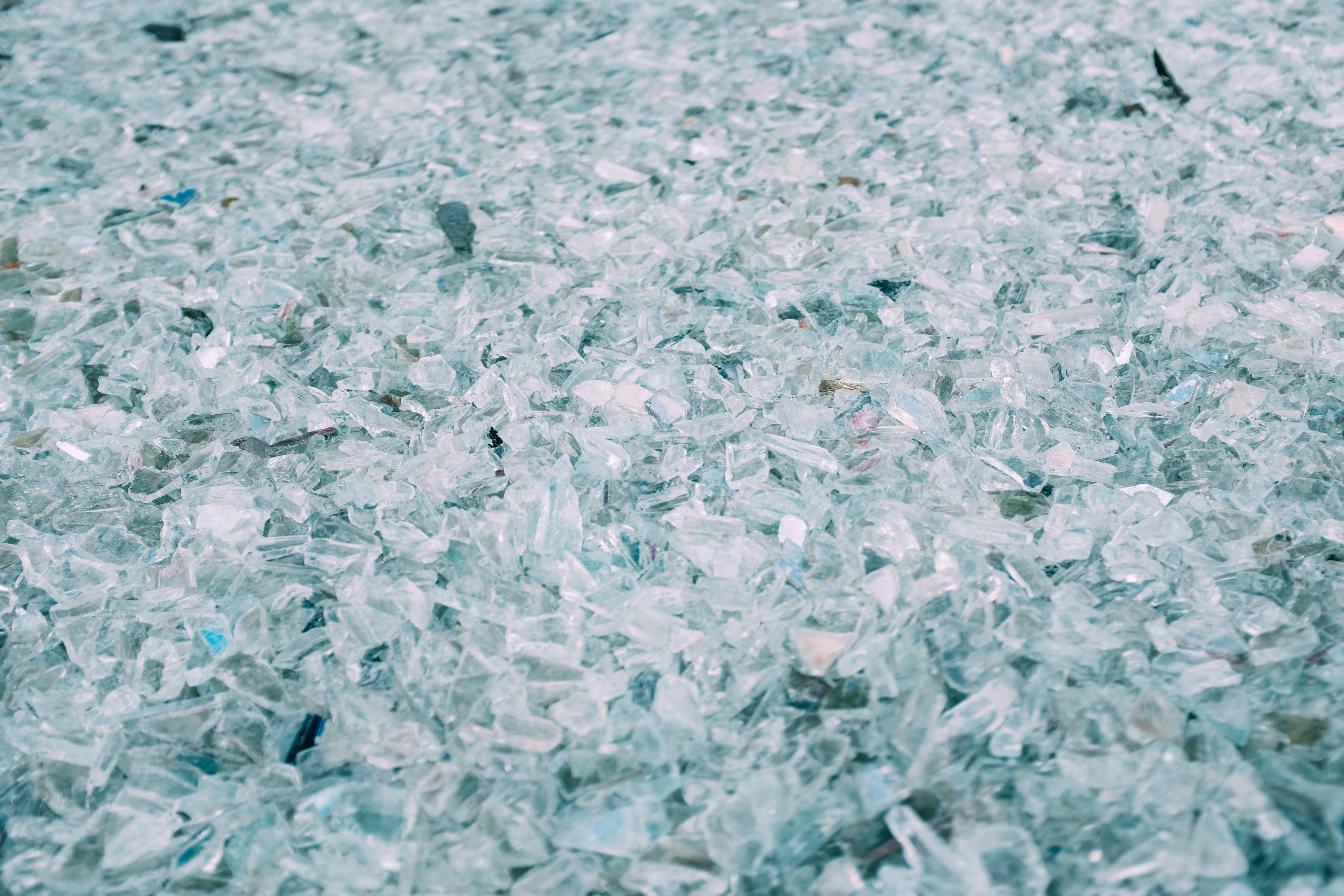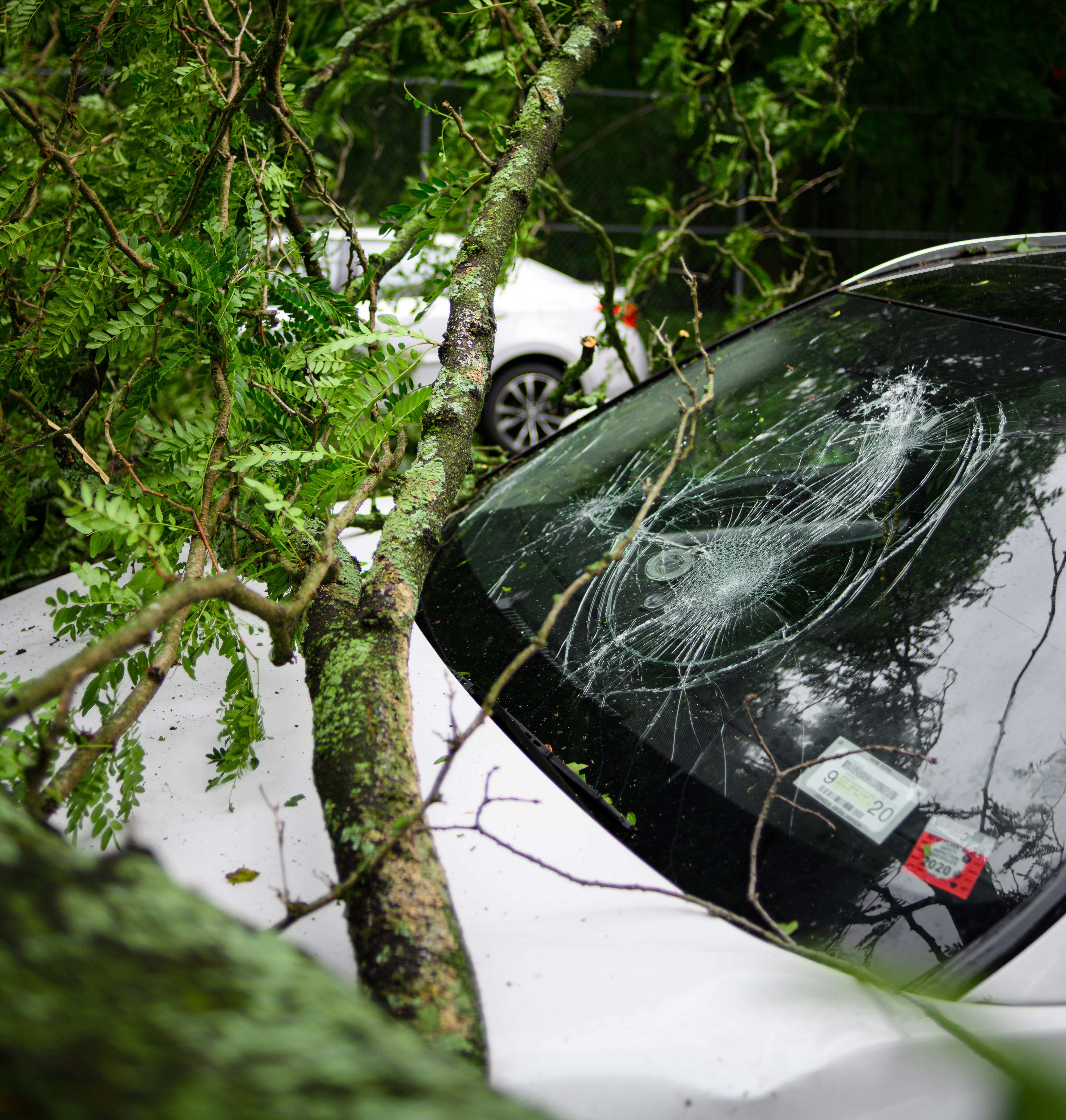- Details
Tempered. Laminated. Annealed. When it comes to adding glass into your building design, the terminology can quickly get overwhelming. There are key differences between each of these types of glass, though, and it’s critical to use the appropriate one in your project. With that in mind, here are the most important things to know about tempered glass.
What Is Tempered Glass?

Tempered glass is roughly four times stronger than annealed (or “ordinary”) glass.
To create tempered glass, it’s a two-step process that includes extreme heat and rapid cooling. After the glass is cut to size and examined for any imperfections that could cause failure in the tempering process, the glass is put through a tempering oven. This heats the glass to around 1,000 degrees Fahrenheit.
Next comes quenching, where highly pressured air blasts the glass surface. This process happens over a matter of seconds.
The high-pressure air cools the outer surface much more rapidly than the center. As the center does eventually cool, it attempts to pull back from the outer surface. This leaves the center of the glass in continual tension and the outer surface in compression.
4 Key Differences between Tempered and Annealed Glass
Strength of Glass
The simultaneous tension and compression work together to account for the strength of tempered glass.
Annealed glass typically breaks around 6,000 pounds per square inch or psi. Federal specifications dictate that tempered glass must have a surface compression of at least 10,000 psi. It will usually break around 24,000 psi.
Price of Glass

Expect tempered glass to be more costly than annealed glass. This is because tempered glass goes through that additional heating and cooling process to create its increased strength.
Manipulation of Glass
Once glass has been tempered, it cannot be drilled or cut. This will cause it to shatter. Any kind of manipulation or fabrication to the glass has to be done in its annealed state. This includes any of the following work:
- Cutting
- Drilling
- Finishing edges
- Notching
- Etching
Tempering is the final stage after the glass is fully fabricated to a client’s specifications.
Safety of Glass
One of the most important differences between annealed and tempered glass is what happens when it fails. Annealed glass will break into large, jagged shards upon failure. These pieces are extremely sharp and can cause serious injury.
Annealed glass should not be used in situations where anyone could be injured if there is unexpected breakage.
Tempered glass, on the other hand, breaks into smaller shards that are more like round pebbles. While it is possible to scratch yourself or to receive minor cuts on these pieces, serious injury is very unlikely. This is why tempered glass is often referred to by its alternate name, “safety glass.”
Where Is Tempered Glass Used?
Because of the safety features inherent in its manufacturing, tempered glass is used in environments where breakage could result in injury or harm.
Some of the most common applications include the following:
- Automobile windows (side and rear)
- Baking dishes
- Entrance or sliding doors
- Glass tables or other patio furniture
- Shower or tub entrances, doors, or enclosures
- Skylights
- Walkable skylights
- Windows
If you’re thinking about incorporating architectural glass into your designs, it’s important to remember glass is not indestructible. (No building material can make that promise.) That’s why it’s important to ensure your projects, when necessary, are made from safety glass. In the unlikely event of failure, this protects anyone who comes in contact with the broken pieces.
Laminated Glass: Another Safety Glass Option

If you’re concerned about the safety aspect of using architectural glass in your design, you can also opt for laminated glass.
In this type of product, you’re essentially sandwiching a vinyl layer between two or more pieces of glass. If one of the glass pieces experiences a failure, laminated glass is more likely to keep its structure. That vinyl interlayer lends important structural integrity.
As one example, laminated glass is commonly used in automobile windshields. If you’ve ever seen a car after a collision, the windshield is usually cracked in a distinctive spiderweb pattern but still structurally intact. Compare that to the car’s windows, which are often fully shattered apart.
Not Sure Which Type of Glass Is Right for Your Project?
If you have safety concerns about using glass in your design, contact us to talk to an experienced glass manufacturer. They can walk you through your options, pricing, and the relative pros and cons of each type of specific glass.

